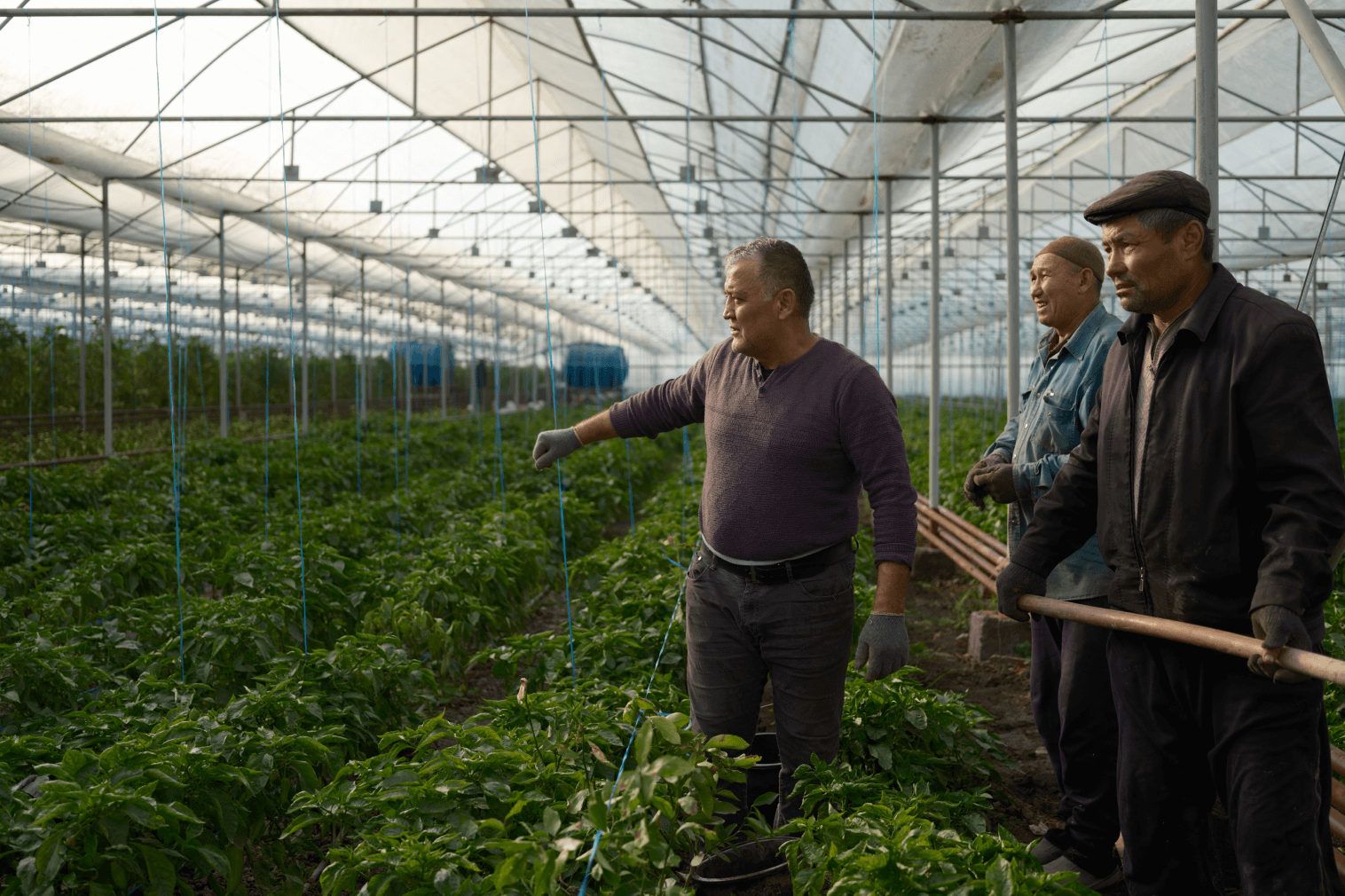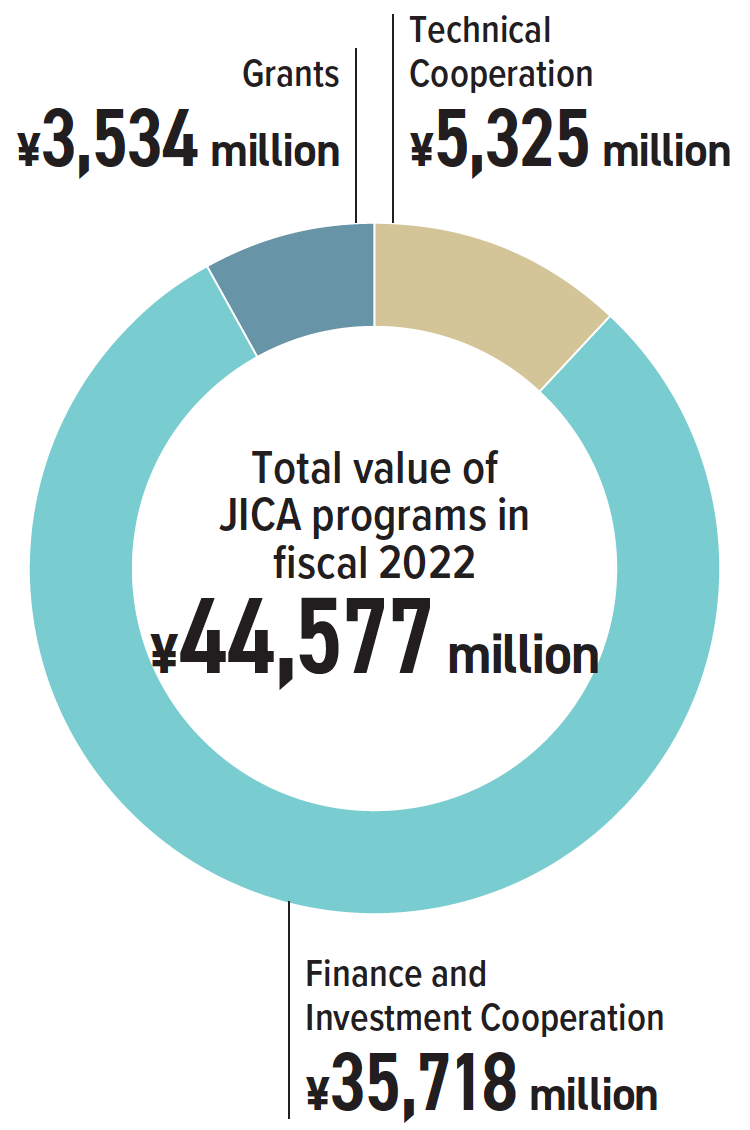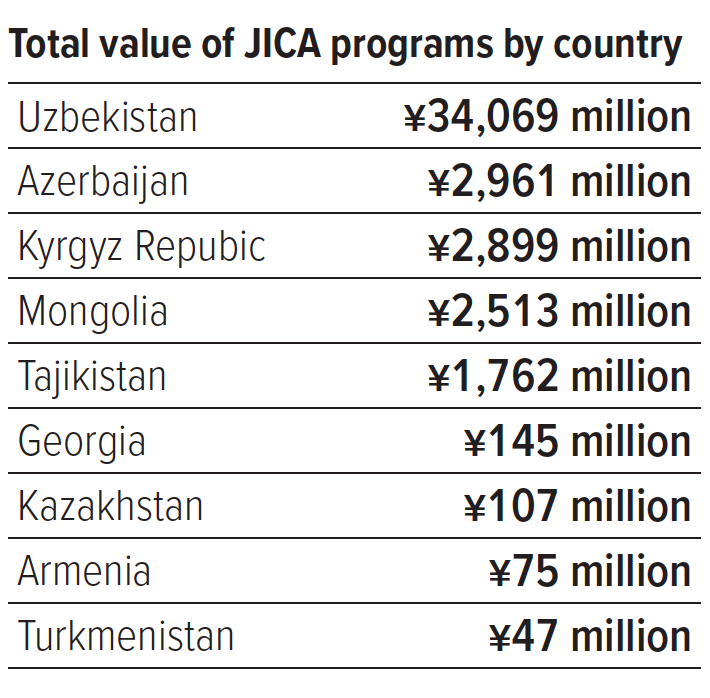Overview by Region
East Asia, Central Asia, and the Caucasus
Aiming for Stability and Independent Development in the Region
Overview by Region
East Asia, Central Asia, and the Caucasus
Aiming for Stability and Independent Development in the Region
The need to reduce dependence on natural resources and neighboring countries and to foster domestic industries
JICA operates ODA in nine developing countries in East Asia, Central Asia, and the Caucasus: Mongolia, the five Central Asian countries, and the three Caucasus countries, all of which are situated in Inland Asia.
Although Mongolia, Kazakhstan, Turkmenistan, Azerbaijan, and Uzbekistan are endowed with energy and mineral resources, they are vulnerable to fluctuations in global commodity prices. Thus they need to reduce their dependence on natural resources. The Kyrgyz Republic and Tajikistan, on the other hand, are not rich in energy resources. Remittances from Kyrgyzstanis and Tajikistanis working in Russia and elsewhere account for nearly one-third of the GDP of each country. These two countries are also heavily dependent on investment and lending from China, pointing to the urgent need to foster domestic industries and create employment.
In addition, Russia’s aggression against Ukraine has increased uncertainty about the future growth of the economies in the region. These countries need to create and reinforce stable economic systems for more independent and sustainable development.
Focusing on strengthening governance, industrial diversification, infrastructure development, and human resources development
This region shares national borders with two major powers, China and Russia, as well as with Afghanistan and Middle Eastern countries; it is therefore under the strong political and economic influence of these neighboring countries.
Securing self-reliance and stability of the countries in the region is essential to the stability of the entire Eurasian continent. With this understanding, JICA focuses on (1) strengthening governance, including legal system development; (2) industrial diversification, which involves stimulating private sector–led economic activity and promoting small and medium enterprises; (3) infrastructure development, including the construction of airports and power plants that help strengthen intra- and interregional connectivity; and (4) human resources development, which involves Japan Centers for Human Development and JICA’s scholarship programs. At the same time, JICA works to encourage cooperation among countries in the region.
In fiscal 2022, JICA signed a memorandum of cooperation (MOC) with KazAID, a new aid agency established by the Kazakh government. Under this MOC, JICA worked with KazAID to provide training in quality and productivity improvement (KAIZEN) for neighboring countries. For Uzbekistan, JICA provided two-step loans aimed at strengthening horticultural value chains in order to diversify agriculture-related industries and increase their export capacity. In Mongolia, JICA worked on the development of human resources in cybersecurity. JICA also helped Armenia to promote high-tech industries and boost exports through closer cooperation with Japan.
In addition, JICA implemented the JICA Chair at selected universities in Mongolia, Georgia, Kazakhstan, and Tajikistan with a view to broadening the base of leaders who can foster a long-lasting bilateral relationship between each country and Japan.

Uzbekistan: The Uzbek government encourages the cultivation of various horticultural crops to break the domestic agriculture sector from its dependence on cotton and thus to boost the country’s export capacity. JICA is also cooperating with Uzbekistan through ODA Loan projects to achieve this goal. This farmer took advantage of lowinterest loans made available under such a project to introduce the greenhouse cultivation of tomatoes, lemons, strawberries, and other crops. (Photo: Atsushi Shibuya)


Note: For the total value of JICA programs, see the note on “Programs by Region” on page 37. Totals may not add up due to rounding.

